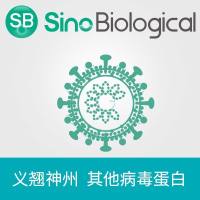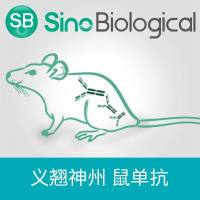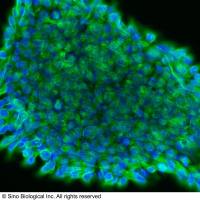Overexpression and Purification of Escherichia coliDNA Topoisomerase III
互联网
651
The development of recombinant DNA techniques and protein expression systems has been critical to the understanding of the structure and catalytic mechanism of topoisomerases. The ability to overexpress and purify large quantities of these molecules has led to the elucidation of the crystal structures of the amino-terminal fragment of the GyrB subunit of Escherichia coli DNA gyrase (1 ), a large fragment of yeast topoisomerase II (topo II) (2 ), and of the first 596 amino acids of E. coli DNA topoisomerase I (topo I) (3 ). In addition to the obvious advantages that high-yield protein expression systems have in terms of the absolute quantity of enzyme obtained, these systems also provide a sufficient amount of starting material to allow the purification of an enzyme from any possible contaminating activity(ies). This has been clearly demonstrated for E. coli DNA topo I and topoisomerase III (topo III) (4 ). Early studies, using topo I preparations purified from cells containing the gene encoding topo I (topA ) on a multicopy plasmid showed that topo I was capable of resolving plasmid DNA replication intermediates in vitro (5 ). It was not until the purification and characterization of topo III that it was realized that certain catalytic properties previously ascribed to topo I may be owing to contamination of topo I preparations with topo III. Subsequently, topA was cloned into an overexpression vector, induced, and purified from cells in which the gene encoding topo III (topB ) had been disrupted (4 ). Topo I purified in this manner was incapable of fully resolving plasmid DNA replication intermediates in vitro (4 ).







